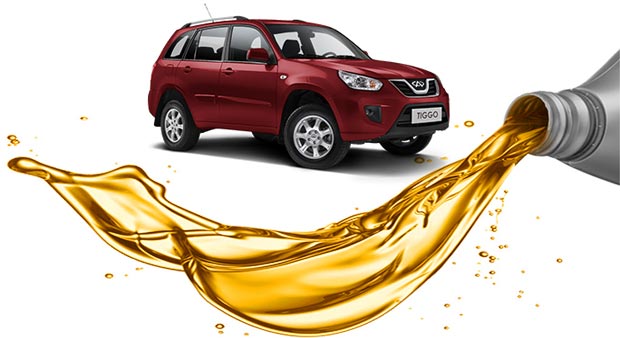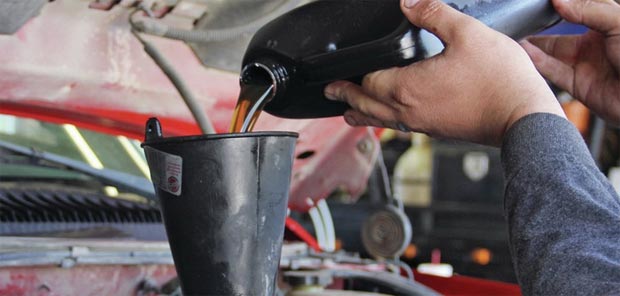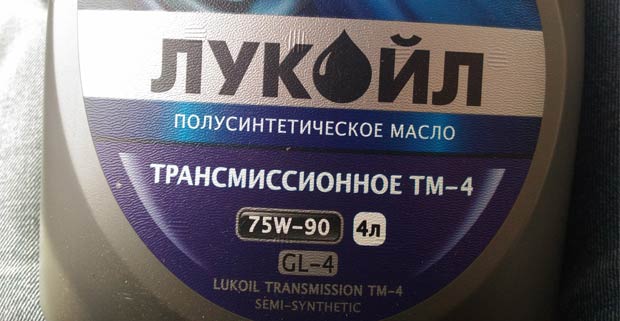
What is the difference between 75w90 gear oil and 75w85?
Content
What is oil viscosity?
The modern range of gear oils can sometimes shock and make any car owner confused. In addition to incomprehensible markings, there is also a classification of oil into the following types:
- Mineral.
- Semi-synthetics.
- Synthetics.
Each of these liquids is characterized by individual properties and features. However, the car owner should pay attention not to these inscriptions, but to the main criterion for choosing oil - viscosity.


It is this parameter that allows you to understand whether the liquid can be used for operation in a certain temperature range. In other words, the viscosity parameter allows you to determine the ability of the fluid to maintain its original fluidity in the process of lubricating parts, because everyone knows that the oil in the gearbox thickens when the temperature outside drops. This leads to incorrect lubrication and, accordingly, difficulties in the operation of the gearbox.
SAE Index
According to the SAE classification, gear oil is divided into the following categories:
- Fluid for operation in winter (the English letter W is required in the marking).
- Liquid for operation in the summer (there is no index in the marking).
- All season fluid. In its marking, both numbers are present at once, which are separated by the letter W.
The latter type of oil can be used by motorists throughout the year.
It is worth noting that the requirements for each category of gear oil are spelled out in a classification called SAE J306. It also indicates the maximum permissible operating temperatures of the fluid for the gearbox, depending on the class.
| Viscosity grade | Minimum temperature to reach kinetic viscosity |
| 70w | -55 |
| 75w | -40 |
| 80w | -26 |
| 85w | -12 |

General differences
When marking oils, the first number indicates the viscosity class when using products in a negative temperature range. The value of the second number after the letter W carries information about the viscosity parameter for using oil in the positive temperature range. The smaller the value of the first parameter and the larger the second, the better the liquid will be. This is explained by the fact that a low first number can ensure the free movement of gears at sub-zero temperatures, and a large value of the second number guarantees increased strength of the film being created.
Having analyzed the general differences in the marking of gear oil, we can move on to specific examples.
What is the difference between 75w90 and 75w85?
Both fluids will have the same winter temperature value. However, for 75W85 oil, the value of work in the positive range will reach up to 35 degrees, and for a liquid marked 75W90, the maximum allowable operating temperature is within 45 degrees.


What is the difference between 75w90 and 75w80?
The situation is identical with these transmission fluids. The differences are in the upper threshold for the operation of the liquid at a positive temperature outside the window.
What is the difference between 75w90 and 80w90?
In this version of comparing two gear oils, it is no longer a positive temperature range that comes to the fore, but a negative one. So, a liquid labeled 75W90 can be used even at -40 degrees. And the permissible limit for the operation of 80W90 transmission oil is -26 degrees.
With the right selection of fluid for the gearbox, you can greatly simplify the management of the vehicle due to the much quieter operation of the transmission system. From the driver in this case, a minimum of effort will be required to shift gears.


Watch this video on YouTube
